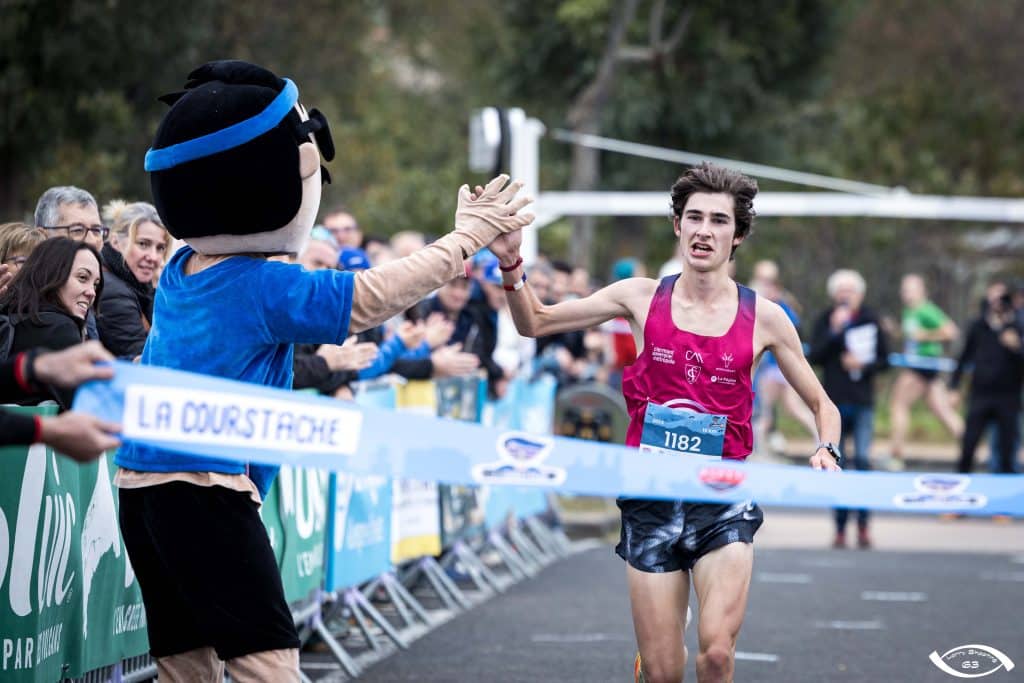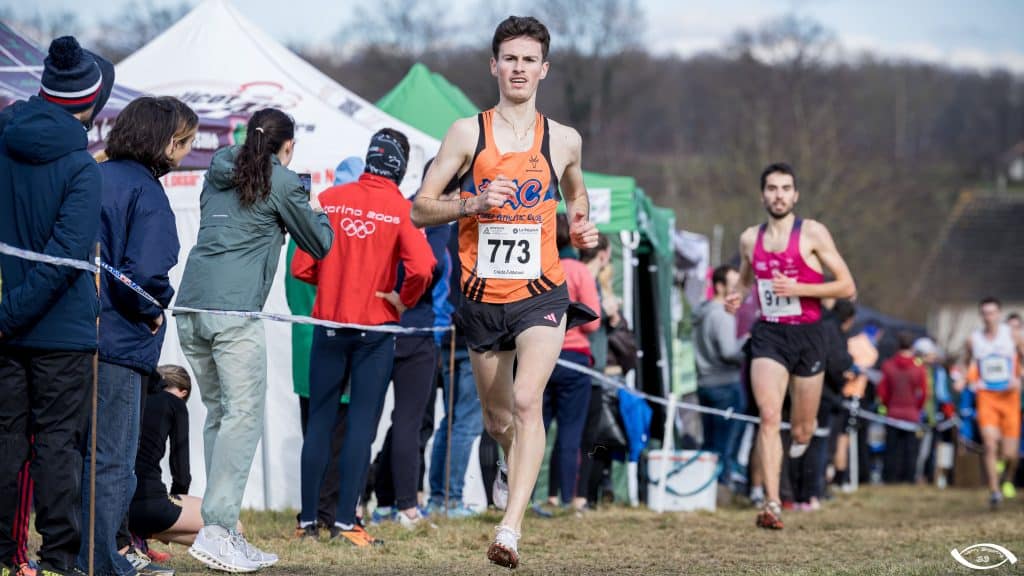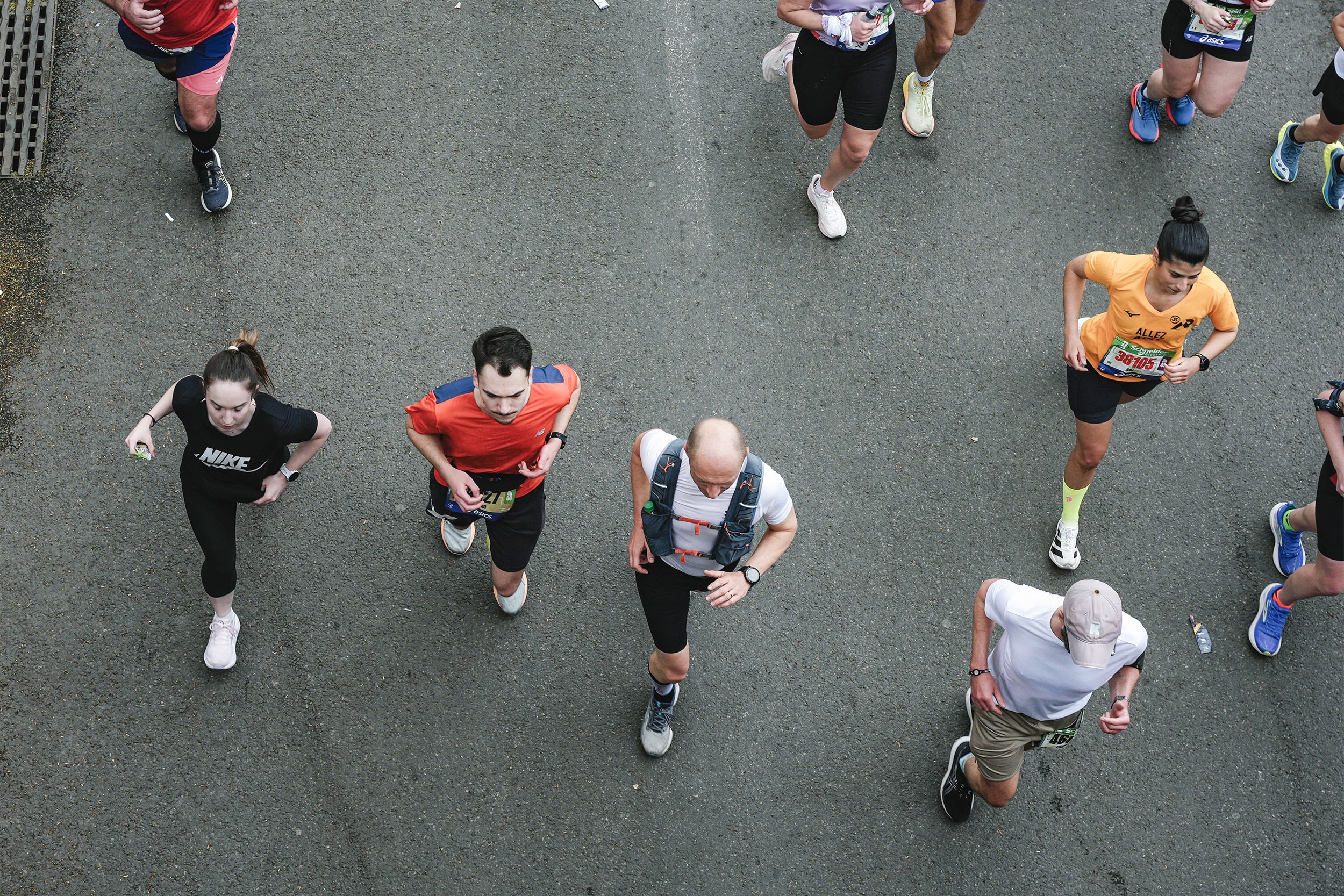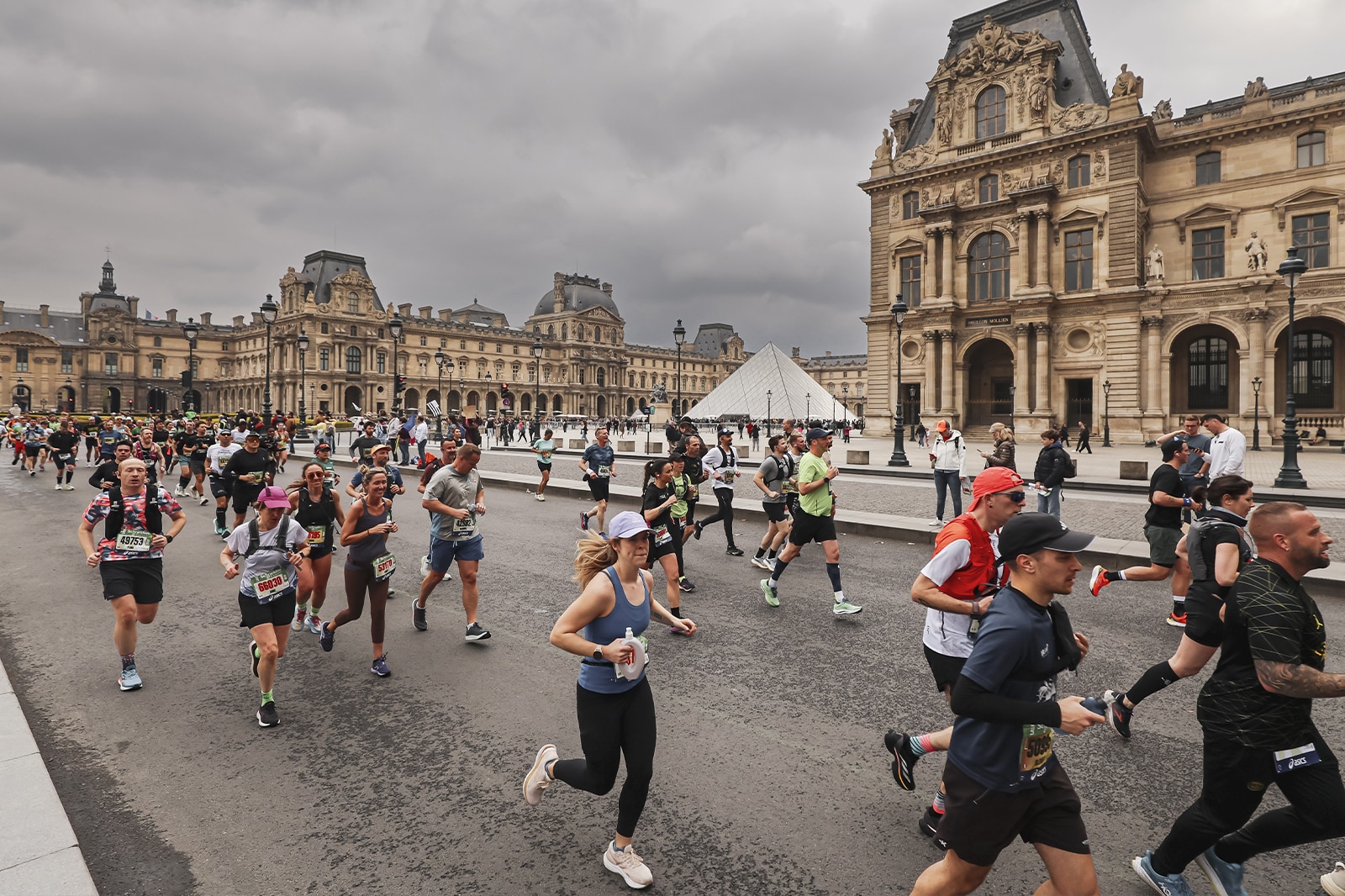Running : The Rituals and Superstitions of Runners
Runners are often known for their rituals and superstitions, some stronger than others. Many enthusiasts develop unique, carefully timed routines as race day approaches. Some competitors find comfort in wearing the same shorts they had on for a personal best. Others stick to a precise grooming ritual, while a few focus entirely on a mindset of pushing beyond their limits. Whether it’s about reassurance, habit, feeling ready, or simply wanting to perform at their best, athletes have no shortage of creative ways to prepare for competition.
For Louis Michel (Clermont Auvergne Athlétisme), rituals didn’t come naturally at first. A blank year following a club change pushed him to “be more disciplined and listen to the coach.” The turning point came in 2023, after a few tough seasons, when the 2022 French junior 10,000m champion delivered a strong performance over 5K. “I wrote down everything I had done the week leading up to the race and the day before. That’s when my routine was born, even though it has evolved since,” explains the middle-distance runner.
« I can’t blame myself when I’ve stuck to my routine and the race doesn’t go well. If I miss my competition, it’s more likely because I didn’t train properly in the weeks before or because I ran poorly on the day. Following a routine helps me avoid negativity and excessive anxiety, since I feel a lot of stress around major events. In my head, both before and during the race, I know exactly what I have to do—it’s ingrained in me, and that’s reassuring. »
Louis Michel
His routine begins with a pre-race jog of varying length, complemented by drills and strides depending on the importance of the event—a full rehearsal exactly 24 hours before the big moment.
In the days leading up to a race, Louis Michel focuses entirely on the goal ahead. Some of his rituals come from his first coach, Julien Chastang. A perfect example is the use of contrast showers (alternating hot and cold water), along with the habit of putting his “feet up against the wall” before going to sleep.
Meticulous by nature, Louis Michel pays attention to every detail. The day before a race, an alarm goes off every fifteen minutes to remind him to hydrate—“a big change” that helps him feel ready on the big day. The 10K specialist adds a massage with arnica and carefully slips on his compression socks—“four hours in the morning, an hour off, then four more hours in the afternoon.” To boost motivation, he watches videos of runners. By 8:30 p.m., his phone screen goes dark, and at 10:00 p.m. he is in bed. Silence falls, heavy like the moments before a starting gun. Two hours later, in the darkness, Louis Michel drifts into sleep, already focused on the battle ahead. In the morning, it’s a hot shower and compression tights under his tracksuit. “I don’t know if all this really makes my legs lighter, but it definitely gives me confidence.”
Still in U23 category, the athlete holds a 10K road personal best of 29:03 (2025), the 16th fastest French U23 performance of all time. A native of Le Puy-en-Velay, he adapts his approach depending on the importance of the event. For a simple tune-up race, he’ll sometimes add or test new elements: “If it works, I integrate it into my real routine.” These days, he’s moved past strong clothing-related superstitions. “At first, I needed to wear the same shorts, the same socks. Now it doesn’t matter as much, although I still like to wear my favorite outfit for the most important day of the year: the Prom’Classic.”

| Getting Ready for a Race Like a Celebration
While some athletes stick to strict, repeatable gestures, others prefer a more flexible approach. Where Louis Michel relies on rigor, Louisa Esmouni (Montpellier Athletic Mediterranée Métropole)
leans toward adaptability. Twice selected for the French national team (U23 European Championships in the 1500m and U23 European Cross Country Championships), the Montpellier native has already experienced major events. “I don’t have a single pre-race ritual, even if there are things I often do to feel ready. I don’t want to think everything has to unfold the same way every time in order to succeed,” she explains.
With a personal best of 4’12”54 over 1500 m (2025), the athlete maintains consistent training weeks leading up to competitions, always keeping the same rest day and a similar pre-race jog before each meeting. On the eve of a race or on the day itself, the regular on national podiums especially enjoys writing her thoughts in a notebook — a way to focus and mentally project herself into the event.

Above all, her most treasured ritual is aesthetic. On competition days, before stepping onto the red track or into the merciless mud, Louisa Esmouni takes special care with her appearance. “I like to feel beautiful for the event,” smiles the athlete, who is coached by her father, Rachid Esmouni. “It’s important for me to take the time to get ready.” Braiding her hair is a must. “It’s never the same hairstyle — sometimes two braids, sometimes a braided bun. I like to change it up.” A touch of beauty that serves as her armor of confidence.
| The Mindset of the Passionate Competitor
Methodical but never overly rigid, Samuel Legat (Fac Andrézieux) pays close attention to his preparations. His favorite ritual remains the final jog, completed exactly 24 hours before the competition. “Sometimes it’s not possible, but I don’t get worked up about it. For example, if I’m traveling with my club for the French Cross-Country Championships,” the steeplechaser explains with perspective.
In his final adjustments, he gives special importance to what he calls “confidence sessions”: intervals run at target race pace but over shorter distances, the perfect recipe to boost belief and step onto the start line with positive sensations.

Superstitions often run high among runners, and the hopeful from Fac Andrézieux is no exception. Two singlets coexist in his wardrobe: one bearing the club’s old logo, the other the new. “I wore the first one when I got injured and underperformed. Since then, I don’t wear it at all anymore—just in case it was the jersey’s fault,” jokes the pupil of Thibaud Naël.
“There are also shorts that I keep strictly for races. I always go back to the ones that worked well the last time. I had a great season in 2025 (8:43.66 over 3000 m steeple), always with the same pair of Adidas shorts.”
To ease pre-race nerves, the middle-distance runner relies on organization. “I feel better if I prepare all my things in advance—my singlet, my bib, my shoes…” His diet is fairly straightforward too, with a focus on carbohydrate-rich foods while making sure to stay well hydrated.
More than his habits, it’s his mindset that has evolved. Once prone to anxiety, Samuel Legat has developed a new way of approaching competition, especially when the stakes are high. Major events have taught him to put things into perspective. Serenity has become his weapon.
« I realized how lucky I am to line up alongside top athletes. I tell myself I need to enjoy it as much as possible, because you never know if you’ll get the chance to relive those moments. I think about all the times I was injured. Just being on a start line is incredible, and I savor it every time. Before, I was too overwhelmed, but now this mindset allows me to push myself further while staying calm »
Samuel Legat
| Meticulous preparation and visualization
Being orderly and disciplined is the key to avoiding tension. A three-time French international (European Championships in cross country and on the track over 5000 m), Camille Place (EA St Quentin en Yvelines) relies on iron discipline. Specific diet, meticulous preparation — for the multiple French champion, everything is ready in advance: bag packed, warm-up outfit and competition kit neatly folded, spikes checked. “I like everything to be in place. I aim for at least 8 hours of sleep, even if, with the stress before a big event, I don’t always manage it,” admits the athlete.

Before a major race, her alarm rings at least 5 hours before the event so she feels alert, even if it means waking up at dawn. “I do a 15-minute jog as a muscle wake-up, or sometimes just a walk while visualizing how the race will unfold. I eat 5 hours before the start and then have a very small meal again 2 or 3 hours before.”
In this spirit, the cross-country runner makes a point of arriving early at the venue. The Oyonnax native observes and absorbs the atmosphere. “I like to take in the place, the ambiance, walk around, and scout the area. Then I settle into the stands and visualize the battle.” The track specialist, who holds a 15:33 PB over 5000 m (2025), closes her eyes and imagines herself succeeding—a mental preparation technique she considers indispensable at the heart of the stadium’s buzz.
Her warm-up begins “a good hour” before the decisive moment, so she can feel “at ease.” Like many athletes, Cédric Beaurain’s pupil has her lucky charms.
«
Even if my outfit changes depending on the season, there are items that always follow me, like my hair tie or a particular sports bra. I also have two or three pairs of earrings that I save for the big days. During cross-country season, if a specific piece of clothing brings me success once, there’s a good chance I’ll wear it again the next time. »
Camille Place
Precise rituals or a taste for freedom—each runner has their own way of taming the pressure. But once they step onto the starting line, whether superstitious or not, only one truth matters: to run, to push beyond limits, and to bring to life the countless hours of training.

Emma BERT
Journaliste



